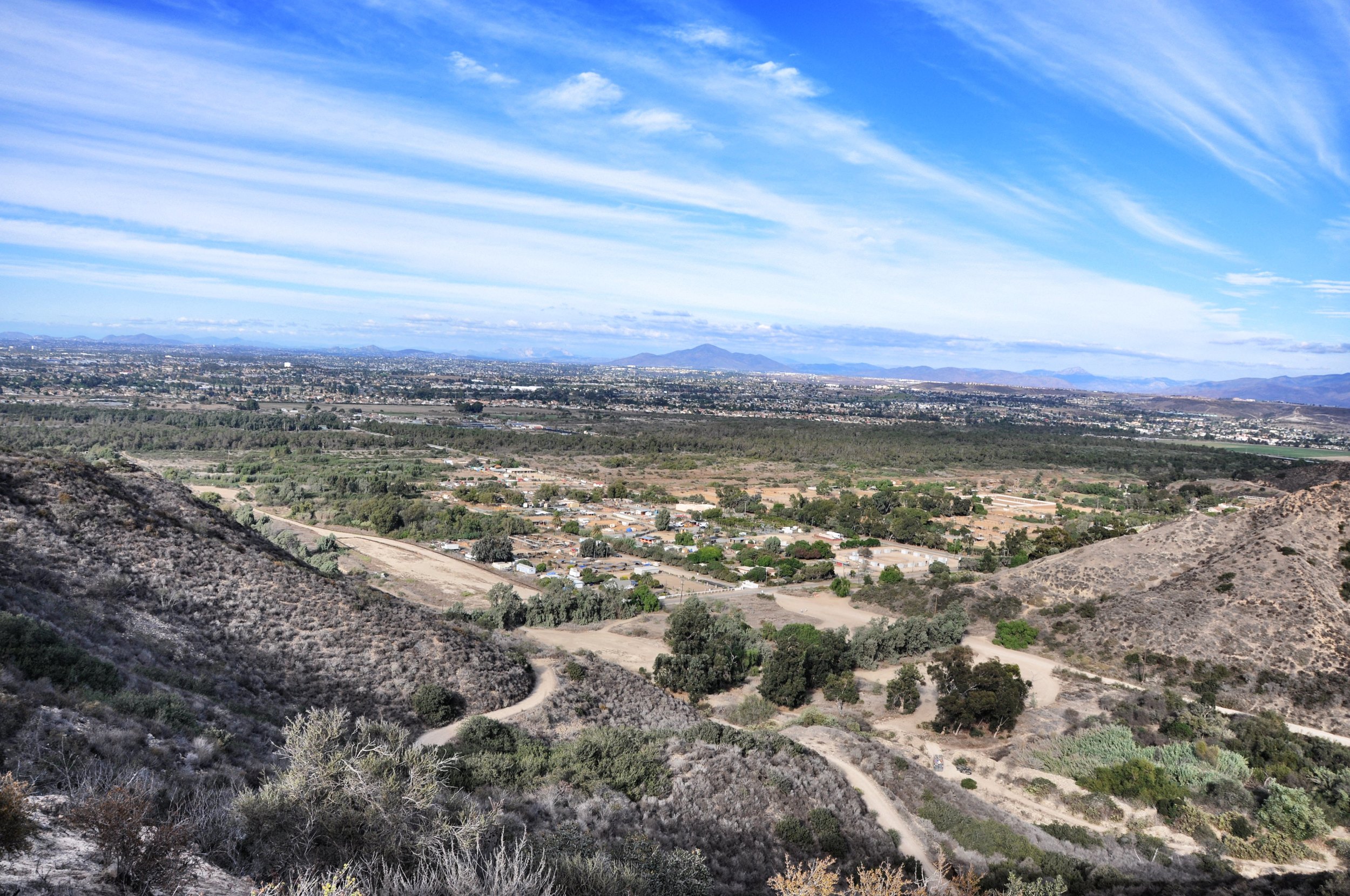We had a great field trip in our Biological Oceanography course yesterday out to the Tijuana River National Estuarine Research Reserve (TR NERR), right on the US/Mexico border.
Declared a "wetland of international importance" by the International RAMSAR convention in 2005, the TR NERR is the largest intact wetland in southern California. As they note on their website:
The Tijuana River National Estuarine Research Reserve preserves, protects, and manages the natural and cultural resources of the Tijuana River Estuary by focusing on research and education with compatible recreation and resource use. The Reserve encompasses beach, dune, mudflat, salt marsh, riparian, coastal sage scrub, and upland habitats surrounded by the growing cities of Tijuana, Imperial Beach, and San Diego. Critical issues confronted by the Reserve include habitat conservation and restoration, endangered species management, management of the wastewater from Mexico, sediment management, and the integration of recreation
We were shown around the border area (up to the fence itself) by Dr. Jeff Crooks, Research Coordinator for the reserve. Jeff explained some of the social, environmental, and health challenges facing the estuary and the border region, and how the reserve is working, on both sides of the border, to improve conditions for Mexican and US citizens alike.
We also got to get an up-close look at the "model marsh", a fascinating created wetland built under the direction of Dr. Joy Zedler, founder of the Pacific Estuarine Research Laboratory. The model marsh was built to help us learn more about how to most effectively create and restore salt marshes. This is particularly important here in CA, where over 90% of our historic wetlands have been lost!. It was a great opportunity to see an example of science that is both "basic" (answering essential questions about how the world works) and "applied" (helping to solve real-world problems).










